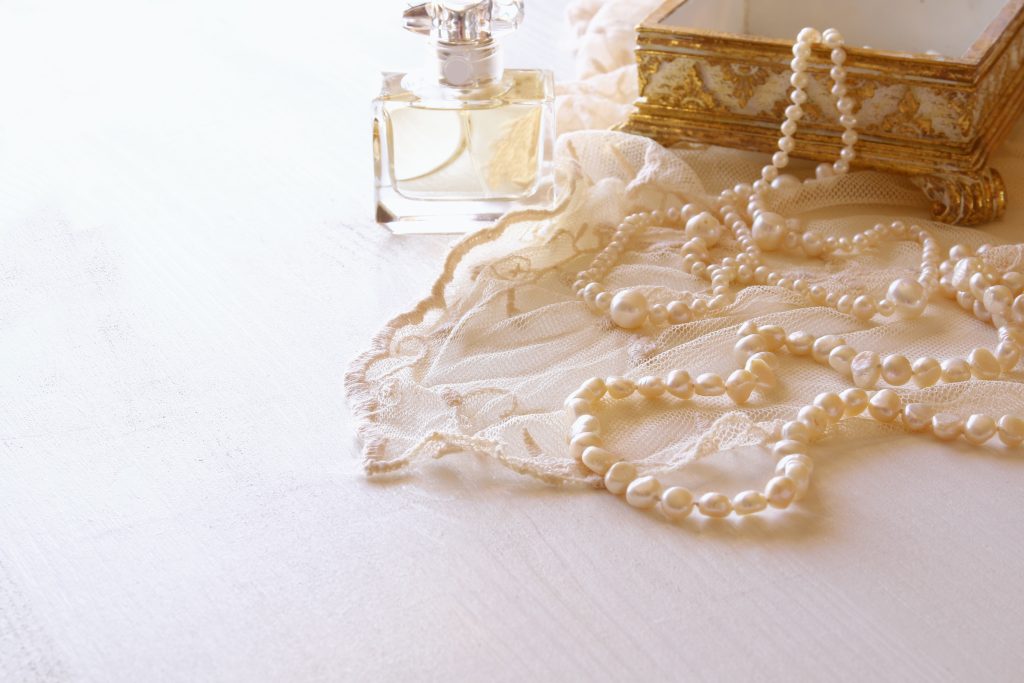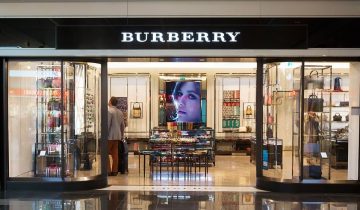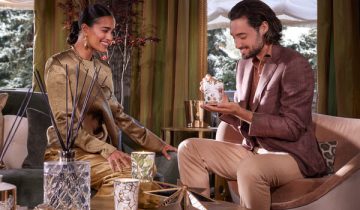
Vintage Perfumes: A Fragrant Journey Through Time
Vintage perfumes, like vintage fashion, have an enduring appeal that transcends trends and fads. They possess the unique ability to transport us to specific moments in time, evoking cherished memories. Much like fine wine, these vintage fragrances often become more desirable with age. But what exactly qualifies as a vintage perfume, and why are they in such high demand?
Defining Vintage Perfumes
In the realm of fragrances, the term “vintage” typically refers to scents that were created at least forty years ago, which takes us back to at least the early 1980s. Vintage perfumes can be highly sought after, especially if they’ve been discontinued and are in limited supply. As a result, they often command high prices on the market. Preserving vintage fragrances is key, and it’s advisable to store them away from direct light and in a cool place to maintain their integrity. Over the years, many original perfume formulations have been adjusted, particularly those with ingredients like oakmoss, specific citruses, and animal-derived musk, due to regulatory changes.
Desirable Vintage Perfumes
In the world of vintage perfumes, certain iconic scents continue to captivate fragrance enthusiasts. Brands like Christian Dior, Chanel, and Guerlain have produced vintage perfumes that remain in high demand among collectors and connoisseurs.
- CHANEL No.5: Created in 1921, CHANEL No.5 is undoubtedly one of the most famous vintage perfumes of all time. The use of synthetic molecules called aldehydes gave this scent its distinctive and effervescent charm. Marilyn Monroe famously declared she wore “CHANEL N°5” to bed, and the iconic No. 5 bottle has even been immortalized by pop artist Andy Warhol.
- Shalimar by Guerlain: Shalimar, crafted by Jacques Guerlain in 1925, is an enduring masterpiece inspired by an emperor’s love story with an Indian princess. Its exquisite blend of vanilla, floral, and powdery notes has made it a beloved scent for nearly a century. The formula remains a well-guarded secret, and the urn-shaped bottle is instantly recognizable.
- Joy de Patou: Launched in 1930 by Jean Patou, Joy de Patou was once declared the world’s most expensive perfume. Its uplifting name was chosen during the Great Depression, and it featured over 10,000 jasmine flowers per ounce. With a magnificent floral bouquet of rose, jasmine, ylang-ylang, tuberose, and an exquisite blend of other notes, Joy de Patou remains a classic, celebrated for its timeless femininity.
- Miss Dior: In 1947, Christian Dior famously requested that Perfumer Jean Carles create a fragrance that “smells like love,” and Miss Dior was born. This floral composition boasts rosy sweetness with accents of pink pepper, oranges, and a harmonious blend of roses and jasmine.
- Diorissimo: Edmond Roudnitska created this fragrance in 1956 as an ode to spring and Christian Dior’s beloved flower, the muguet (lily of the valley). The enchanting aroma of lily of the valley has retained its ineffable charm throughout the years.
- Eau Sauvage by Dior: In 1966, Dior introduced its first fragrance for men, Eau Sauvage. This citrus cologne redefined masculinity with its sophisticated and elegant scent, featuring a synthetic ingredient called Hedione, reminiscent of jasmine.
- Opium by Yves Saint Laurent: Released in 1977, Opium was groundbreaking in its embrace of fragrance’s ability to alter mood. This vintage perfume is a modern classic, boasting a mesmerizing blend of honeyed amber, fruity notes, spices, and rich resins. Opium is forever linked to icons like Bianca Jagger, Studio 54, and Andy Warhol.
Vintage perfumes continue to captivate our senses and transport us to moments of the past. With their enduring charm, these fragrances remain coveted by those who appreciate the timeless allure of scent.



 No products in the cart.
No products in the cart.